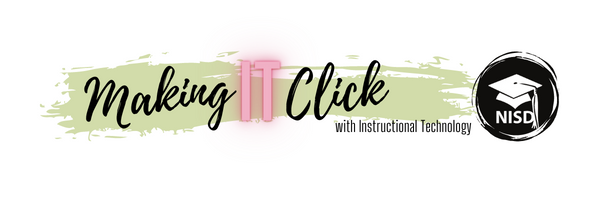 When was the last time you stopped to think about ratios and proportions? It’s a strong possibility that you’re reading this and are actually questioning yourself. You probably haven’t consciously thought about these two math terms since you were introduced to them in one of your math classes. The reality is, knowledge of proportions can play a bigger role in your daily life than you even realize. Mrs. Harris and Mrs. Butler at Medlin Middle School are on a mission to find real world application for these standards.
When was the last time you stopped to think about ratios and proportions? It’s a strong possibility that you’re reading this and are actually questioning yourself. You probably haven’t consciously thought about these two math terms since you were introduced to them in one of your math classes. The reality is, knowledge of proportions can play a bigger role in your daily life than you even realize. Mrs. Harris and Mrs. Butler at Medlin Middle School are on a mission to find real world application for these standards. So, naturally, the most commonly asked question by students in a math class gets asked: “When will I ever use this in the real world”? In an attempt to begin answering that question, let’s think about a recent Target run or trip to Costco. Knowledge of ratios and proportions likely played a role in some of the decisions made. Even the car being driven down the highway to these two stores is being driven a certain number of miles per hour. Think about the ads seen online or in store. Many things are advertised as 2 for $5. Or the consumer doing math to figure out the better deal on paper towels and toilet paper. Maybe it’s a recipe that needs to be doubled. These are all just a sampling of the unit rate proportions one might encounter on any given day.
 |
| (Click to view project) |
Students were challenged to apply their learning about proportions from their 6th/7th grade compacted math class to real life. This meant it was time to identify which routines and decisions throughout their day involved proportions. From the time they woke up until it was time to go to bed, where could they apply this mathematical skill to real life? It was their teacher’s hope that it wouldn’t take long for students to come to the understanding that proportional reasoning is not just stuck in their math book. It is literally playing a part in many areas of their everyday life. The better question just might be, “When will I NOT use in the real world”?
 |
| (Click to view project) |
Projects would need to include six examples of real world proportional situations presented in the form of a question for their peers to work out. Their work would also need to include a fully worked out answer key for their proportional situation examples. It was up to the students to determine how they would present their work. Many chose to create an interactive presentation using hyperlinked Google Slides and some even decided to bring theirs to life through video. Others created a Google Site. Some chose a more traditional style route and created a poster board that represented their proportional reasoning. Harrison and his partner, Drew created a video. He said, “We used my editing software and green screen from home. We enjoyed this project because we were able to show everything we know about proportions and ratios while also showing the things we enjoy doing”.
 |
| (Click image to view project) |
At the end of the unit, students were equipped to recognize ratios and proportions all around them. They’re more prepared for the real world because they understand the importance of being a smart consumer and how simply paying attention to advertisements and unit ratios can influence purchasing decisions. There was definitely buy in for the importance of math outside the classroom. The habit of proportional reasoning was there all along, they just simply needed to see it applied and made personal to them. “I enjoy using technology because it gives you more options on projects, and allows you to be more creative with how you do things”. The added layer of integrating technology was definitely a highlight for Drew.
Some of the projects created during this unit will be showcased at the district’s Expo event on the evening of February 28th. Students are eager to share their “math in the real world” experience with an authentic audience.

No comments:
Post a Comment
Note: Only a member of this blog may post a comment.